Generally, VIN for Honda ATV is embedded on the front crossmember which is usually built behind the rack at the front. However, you may not see it easily if you are using custom skid plates. But you can unravel it quickly and see the VIN. For the Honda Rancher ATV, the VIN is located on the crossmember built at the front of ATV.
Where is the VIN on an ATV? Every sport ATV has a 17 digit VIN (vehicle identification number), even if you need to search for the ATV VIN location a little. You’ll find the VIN plate mounted to the frame of the ATV, usually on the bottom left side.
Where is the VIN on a Honda rancher? Honda Rancher VIN Locations – The Honda Rancher serial number location for 350’s and 420’s from 2000 to 2013 is on a cross-member at the front of the ATV. This is a typical Honda VIN location and is visible through the opening in the front cowl between the headlights.
What is a Honda ATV Vin? Honda ATVs have a Vehicle Identification Number that can be used to trace the ATV back to the manufacturer and even to the exact point the ATV came off the production line. Other information contained in the VIN is the year of manufacture, make and engine style, and a check digit in the middle of the VIN to prevent vehicle identification fraud.
Where is the VIN number on a Yamaha Raptor? Yamaha Raptor VIN can be found stamped into the left, frame rail, just beneath the shifter. KYMCO ATV VIN are sometimes located on the front frame rail. Kawasaki ATV’s The VIN can often be found on the left front frame rail behind the wheel. ATV & Quad Bike VIN Number Locations.
Table of Contents
Locate the VIN number on the frame of the ATV. This number is usually found near the front end of the vehicle on the left side under the shift lever. The title of the ATV will also have the VIN number on it. Check to make sure that the second letter of the VIN is a “Y”.
– 1 = Country of manufacture (United States)
– H = Manufacturer (Honda)
– G = Vehicle Type (Passenger car)
– EJ8 = Model (Civic 2/4 Door 1.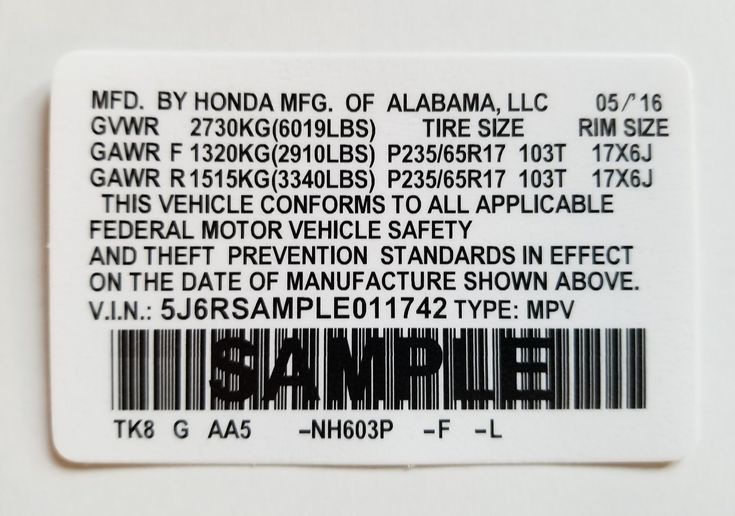 6L)
6L)
– 1 = Body Type, Transmission (2 Door Coupe, Manual)
– 4 = GRADE (Civic EX 2/4 Door)
– 5 = Security Code.
– W = Model Year (1998)
Hidden or Confidential VIN The VIN was stamped into various metal objects on the vehicle, including the frame, the body, the engine, transmission and other places. The VIN on the frame or the body became known as the Hidden VIN, the Confidential VIN or the Federal VIN.
The first digit denotes the country of origin. If the initial number is a 1, the ATV was manufactured in the U.S. If it is a J, it means your Honda was made in Japan. The second digit will be an H for Honda. The third digit is the vehicle type or manufacturing division.
If you still can’t find it, check your vehicle’s registration certificate or the owner’s manual (if you have it).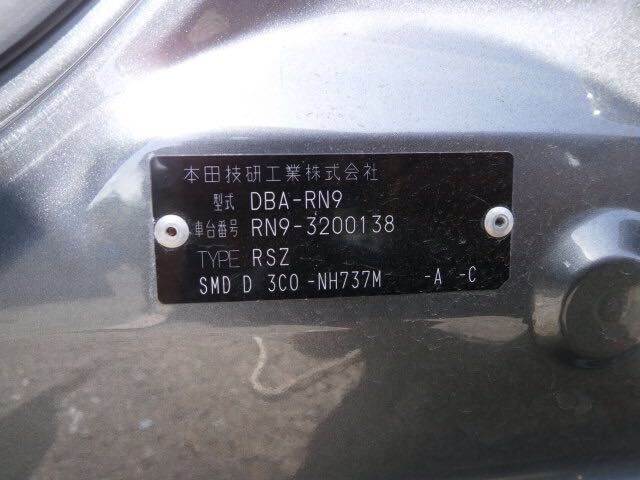 You can also call the dealership or manufacturer, give them the make and model of your vehicle and ask where the VIN is located.
You can also call the dealership or manufacturer, give them the make and model of your vehicle and ask where the VIN is located.
Check that the 10th digit matches the year of manufacture. From 2000 onward, it is a number, and before 2000, it is a letter. For example, a 1998 model will have the letter W in the 10th position. Determine the plant where the ATV was made with the 11th digit.
The Honda engine serial number is stamped into the side of the engine. All Honda engine serial numbers include a 4 or 5-letter prefix, followed by a 7-digit number.
Where the VIN is stamped depends on the model of your vehicle. For ATVs from model year 2011 to the present, the VIN usually is located either in the front left wheel well or the back left lower frame rail.
– Examine the first digit of the VIN number to find the manufacturer country of origin.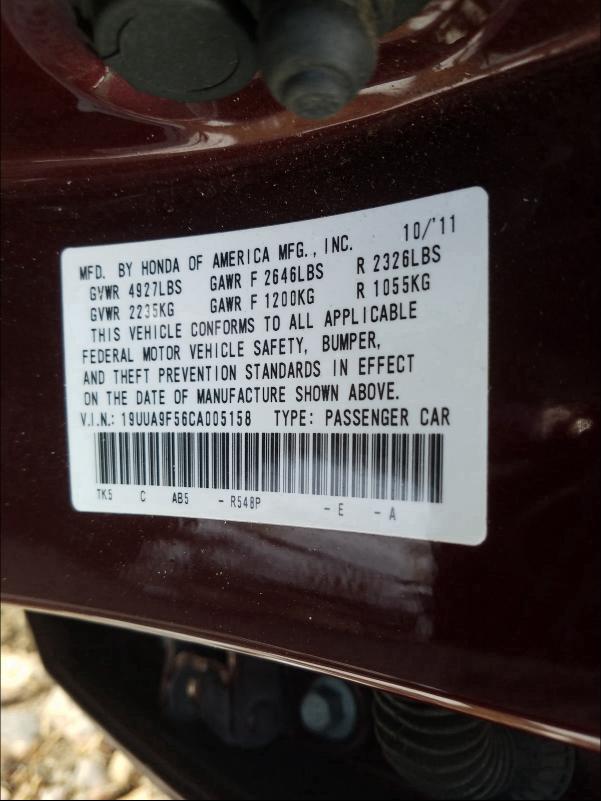
– Find the second digit in the VIN number sequence to determine the manufacturer of the vehicle.
– Read the third character in the VIN number sequence to find out the vehicle type.
– On vehicles from 1997 and newer, the VIN is 17 digits.
– For Sportsman 400, 450, 500, 570, 800 and ETX models; 2013 Hawkeye models and Sportsman 6×6 models from 2011-14, the VIN can be found on the left rear frame (1).
Check that the 10th digit matches the year of manufacture. From 2000 onward, it is a number, and before 2000, it is a letter. For example, a 1998 model will have the letter W in the 10th position. Determine the plant where the ATV was made with the 11th digit.
The 17-digit vehicle identification number of a Honda all-terrain vehicle is generally located on the main cross member where it’s stamped during the assembly process. The main crossbar connects the left and right handles, and is usually covered by padding or plastic for safety and aesthetics.
The main crossbar connects the left and right handles, and is usually covered by padding or plastic for safety and aesthetics.
The VIN (17-digit ) is located on a plate fastened to the top of the dashboard. You can see it through the windshield on the driver’s side. The VIN is also available from your vehicle registration or insurance card.
The VIN (17-digit ) is located on a plate fastened to the top of the dashboard. You can see it through the windshield on the driver’s side. The VIN is also available from your vehicle registration or insurance card.
The Vehicle Identification Number (VIN) of your Polaris ATV is a unique number used to identify your vehicle. It is stamped on the frame of your ATV. On vehicles from 1997 and newer, the VIN is 17 digits.
The ATV VIN number charts and information to help you search for and decode your ATV’s VIN. Every sport ATV has a 17 digit VIN (vehicle identification number), even if you need to search for the ATV VIN location a little. You’ll find the VIN plate mounted to the frame of the ATV, usually on the bottom left side. This information guide will help you with ATV VIN identification.
Every sport ATV has a 17 digit VIN (vehicle identification number), even if you need to search for the ATV VIN location a little. You’ll find the VIN plate mounted to the frame of the ATV, usually on the bottom left side. This information guide will help you with ATV VIN identification.
Kawasaki for example has the VIN mounted on the left side of the frame below the engine. If you have nerf bars installed it’s possible that part of the VIN will be hard to see. Don’t mistake the engine number, which is mounted on the engine, as a VIN number because they are different.
A VIN or Vehicle Identification Number is standardized. Whether your ride a Honda, Kawasaki, Suzuki, Polaris, Yamaha or other ATV all will contain 17 characters that can include capital letters from A through Z and numbers 1 through 0. The letters I, O and Q are never used within a VIN in order to avoid mistakes made by misreading them. No signs or spaces are allowed in the Vehicle Identification Number.
The position of each letter and/or number in the VIN code reveals important information about where and when your ATV was made, the type of engine it has, the model or series of ATV, various equipment/attributes and its production sequence.
Contact the vehicles manufacturer with specific VIN related questions. Contact your local DMV, department of motor vehicles, if you need to replace your VIN plate (if it broke off or you installed a new frame etc). Here is a general breakdown of what your ATV VINs number means.

| 1971 | 1 |
| 1972 | 2 |
| 1973 | 3 |
| 1974 | 4 |
| 1975 | 5 |
| 1976 | 6 |
| 1977 | 7 |
| 1978 | 8 |
| 1979 | 9 |
| 1980 | A |
| 1981 | B |
| 1982 | C |
| 1983 | D |
| 1984 | E |
| 1985 | F |
| 1986 | G |
| 1987 | H |
| 1988 | J |
| 1989 | K |
| 1990 | L |
| 1991 | M |
| 1992 | N |
| 1993 | P |
| 1994 | R |
| 1995 | S |
| 1996 | T |
| 1997 | V |
| 1998 | W |
| 1999 | X |
| 2000 | Y |
| 2001 | 1 |
| 2002 | 2 |
| 2003 | 3 |
| 2004 | 4 |
| 2005 | 5 |
| 2006 | 6 |
| 2007 | 7 |
| 2008 | 8 |
| 2009 | 9 |
| 2010 | A |
| 2011 | B |
| 2012 | C |
| 2013 | D |
| 2014 | E |
| 2015 | F |
| 2016 | G |
| 2017 | H |
| 2018 | J |
| 2019 | K |
| 2020 | L |
– VIN Number Year Chart and it continues year by year: 2011 = B, 2012 = C, 2013 = D, 2014 = E, 2015 = F, 2016 = G etc.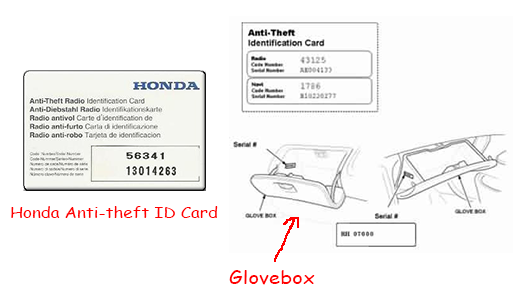 2018 = J, 2019 = K, 2020 = L, you get the idea. Important: The letters i,q, u and o are never used so skip them accordingly. Also important: To tell the difference between an older and newer ATV the 7th digit is referenced. Example, the letter A in 10th position could mean a 1980 or a 2010 ATV. To know which it is look to the 7th digit, if the 7th digit is a number the earlier year is accurate. If the 7th digit is a letter the later year is accurate.
2018 = J, 2019 = K, 2020 = L, you get the idea. Important: The letters i,q, u and o are never used so skip them accordingly. Also important: To tell the difference between an older and newer ATV the 7th digit is referenced. Example, the letter A in 10th position could mean a 1980 or a 2010 ATV. To know which it is look to the 7th digit, if the 7th digit is a number the earlier year is accurate. If the 7th digit is a letter the later year is accurate.
– 11th digit : Assembly plant
– 12th to 17th digits : These ATV vin numbers increase by one for each unit that rolls off the assembly line, the last four are always numbers.
See also
It’s very helpful to know your ATV VIN when purchasing aftermarket parts. Here is a chart of what your Honda ATV VIN may look like, it’s useful information to have when doing a VIN check.
Honda VIN Chart
To do a free ATV VIN search visit the ATV VIN Check page.
Type designation: model number assigned by the manufacturer
Scooter model: scooter name that is often written on the front :)
Manufacturer name: alphanumeric model name
Frame number: frame number (usually written under polycom)
Engine type: engine type is mainly written on the engine itself
Classification: must be searched on the engine in the middle of the engine number
Year: year the scooter was launched
Note: additional data on engine power, etc.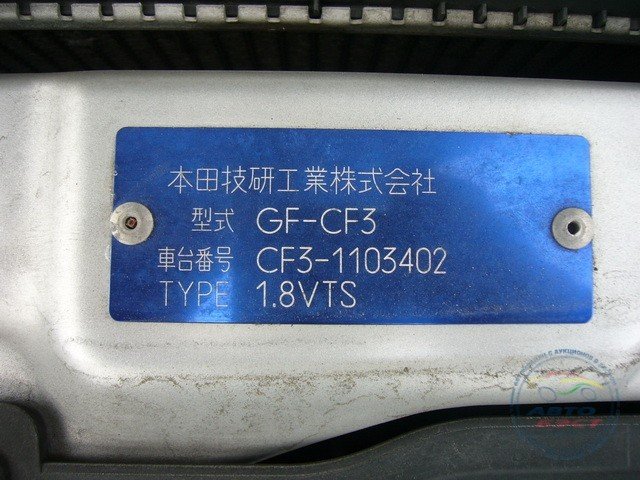 Express SR means that in other countries the scooter was called Express SR
Express SR means that in other countries the scooter was called Express SR
Disc. brake - equipped with disc brakes
Ds. Al. - equipped with aluminum alloy rims
Alu. frame - aluminum alloy frame
| Type designation | Model scooter | Manufacturer's name | Frame number | Engine type | Cla- ssification | note | |
| AB01 | Express II | NA50 | AB01-5000001- | - | 163 | 79 | Not for Japan |
| AB04 | Caren Caren S | NX50Z | AB04-1000041- | - | 187 | 79 | 3.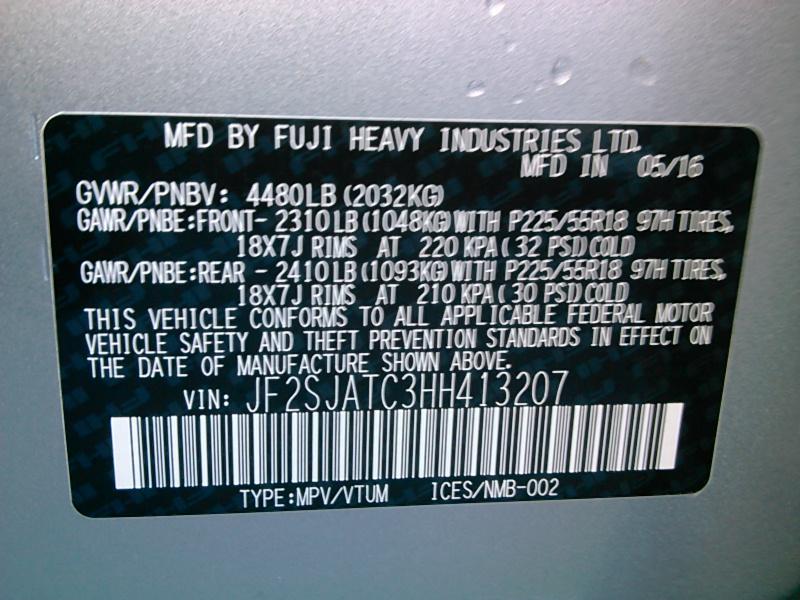 1 HP 1 HP 2N: Express SR |
| AB05 | PX50 | PX50 | - | - | 197 | 80 | - |
| AB06 AB06S | PX50 PXR50 | PX50M PXR50M | AB06-K/S | - | 82 | 1.5 HP 14" wheels | |
| AB07 | Tact | NS50 | AB07- 1000049- | AB07E | GA7 | 80 | 3.6 HP 2N: Vision |
| Tact Fullmark | NB50MC | AB07-3000027- | AB07E | GE8 | 82 | 4.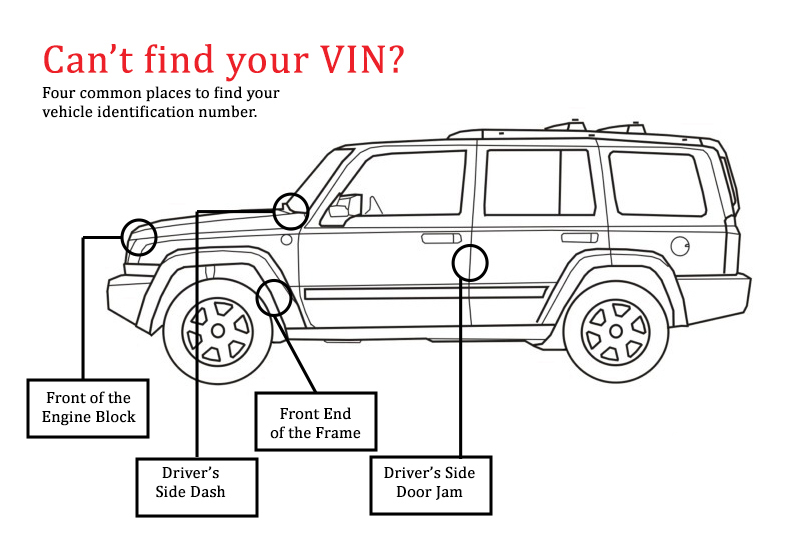 0 HP 0 HP 2N: Melody/Aero | |
| AB08 | Express | NC50B | Jh3AB0807BS400008- | - | 193 | 81 | - |
| AB09 | Camino | PA5-II | PA50-Z (C/Y) - 1000001- | - | GB7 | 82 | 1.5 HP Moped, 16" wheels |
| AB10 | Express | NC50 | Jh3AB1006 CS000007 | - | GA6 | 82 | 14" wheels |
| AB11 | Squash | SC50B | AB11-1000025- | - | GC3 | 81 | 3 HP 8" wheels |
| AB12 | Motocompo | NCZ50 | NC50-1000020- | AB12E | GC6 | 81 | 2.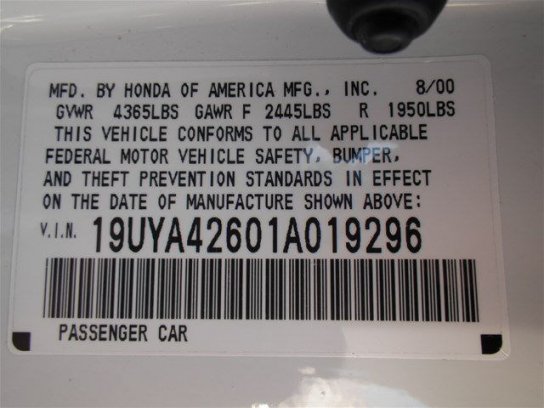 5 HP 5 HP 8" wheels |
| AB13 | Runner way | NU50MC | NC50-1001002- | AB13E | GC1 | 82 | 3.1 HP 8" wheels 2N: Urban Express |
| AB14 | Sky | NP50 | AB14-1000018- | - | GE9 | 82 | 3.6 HP |
| AB17 | People | RY25D | AB17- | AB17E | GG0 | 84 | 0.7 HP Moped, 20" wheels |
| AB19 | Tacty | NH50D | AB19-1000013- | AB19E | GJ6 | 83 | 4 HP |
| Flush | FX50 | AB19-2000001- | AB19E | GM4 | 84 | 5 HP | |
| Flush S | FX50MSD | AB19-2000001- | AB19E | 84 | 5 HP equipped with tachometer | ||
| AB20 | Express | PZ50DB PZ50MD | AB20-1000041- | AB07E | GJ2 | 84 | 5.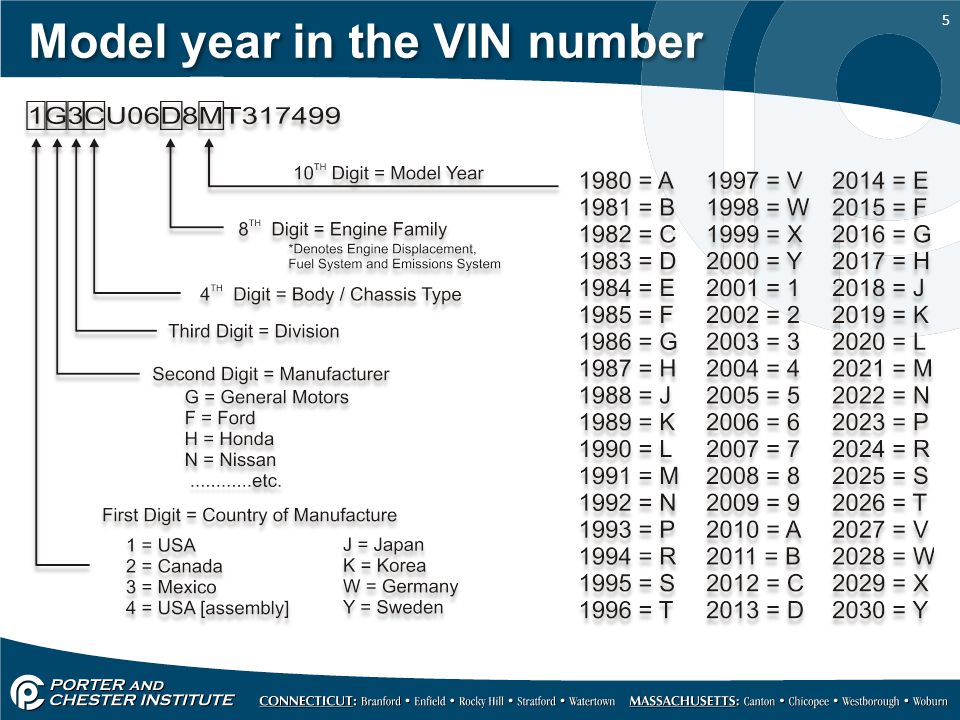 2 HP 2 HP |
| AB24 | Wallaroo | PK50MR | AB24- | - | GT8 | - | 2.7 HP 16" aluminum rims AB25 - for Germany |
| AB25 | PK50SMR | AB25-1000000- | - | - | |||
| AE01 | QR50 | NX50MZ | NC50-1000051- | AE01E | GF8 | 82 | 2.7 HP |
| AF01 | Lead Deluxe | NH50MC | AF01-1000036 - 1111084 | AF01E | GC7 | 82 | 5 HP Ds. 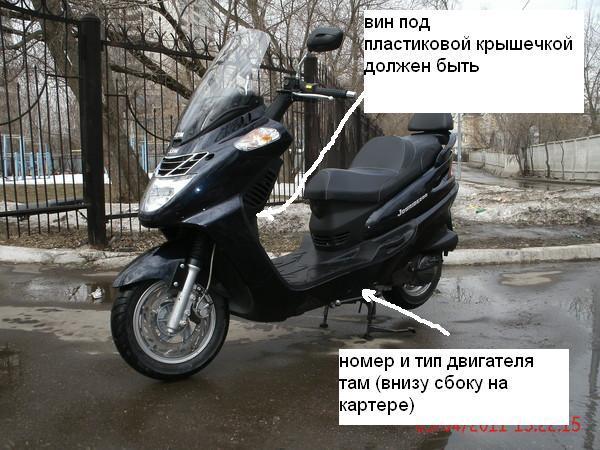 Al. Al. |
| Lead Super Delux | NH50MDC | AF01-1000036- 1153204 | 83 | ||||
| NH50MDD | AF01-1328139- | 83 | |||||
| Lead S | NH50SSD-1 | AF01-1300001- | 83 | 5.5 HP Ds. Al. tachometer | |||
| AF02 | Spacy | CH50MC | AF02-1000072 - | AF02E | GE0 | 82 | 5 HP |
| CH50MSE | AF02-1100001- | 84 | 4. 5 HP 5 HP | ||||
| AF03 | Leader | NZ50MDD | AF03-1000002- | AF03E | GJ8 | 83 | 5.6 HP tachometer |
| AF04 | Vocal | CK50 | AF04-100- | AF04E | GK1 | 83 | 4.0 HP 4-stroke |
| AF05 | Spray | NQ50G | AF05- | AF05E | - | 84 | Not for Japan |
| AF06 | Eve | NQ50MD | AF06-1000004- | AF05E | GK8 | 83 | 4. 0 HP 0 HP |
| Eve Smile | NT50E | AF06-6000010- | AF05E | GN0 | 84 | 4.0 HP | |
| AF07 | Beat | FC50MD | AF07-1000001- | AF05E | GM0 | 86 | 7.2 HP water cooling, tachometer |
| AF08 | Lead Super Deluxe | NH50MDE | AF08-1000016- | AF03E | GY9 | 84 | 6.2 HP |
| AF09 | Tact Tact Fullmark S | NE50ME | AF09-1000038- | AF05E | GN2 | 84 | 5.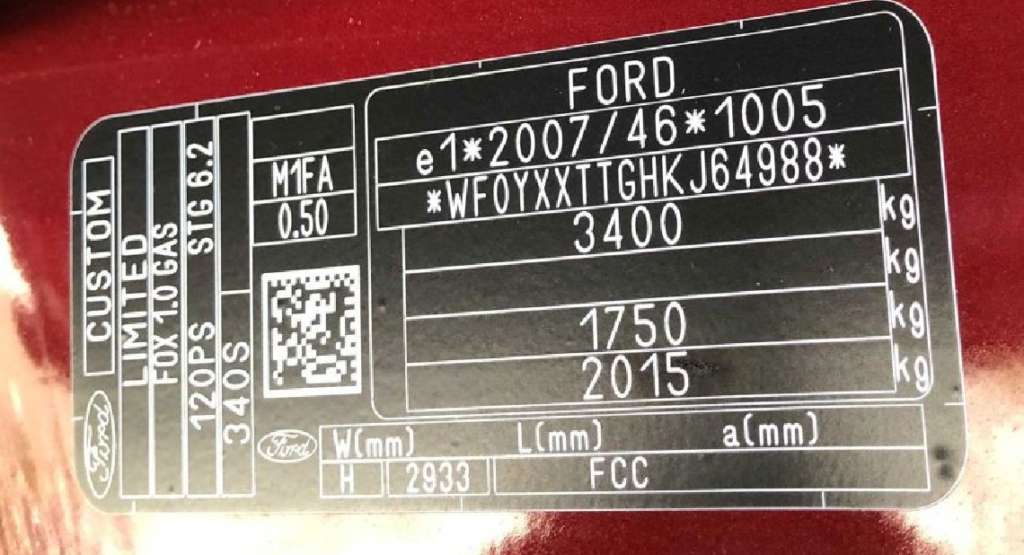 0 HP 0 HP super tact |
| AF10 | Lead SS | NH50MSE | AF10-1000013- | AF03E | GM9 | 84 | 6.2 HP Disc. brake Ds. Al. tachometer |
| Lead R | NH50MRG | AF10-1200021- | 86 | 6.4 HP Disc. brake Ds. Al. tachometer | |||
| AF11 | Eve Pax | - | AF11- | AF05E | - | 85 | 4.1 HP |
| Eve Pax S | SD50MC | AF11- | AF05E | - | 85 | 5.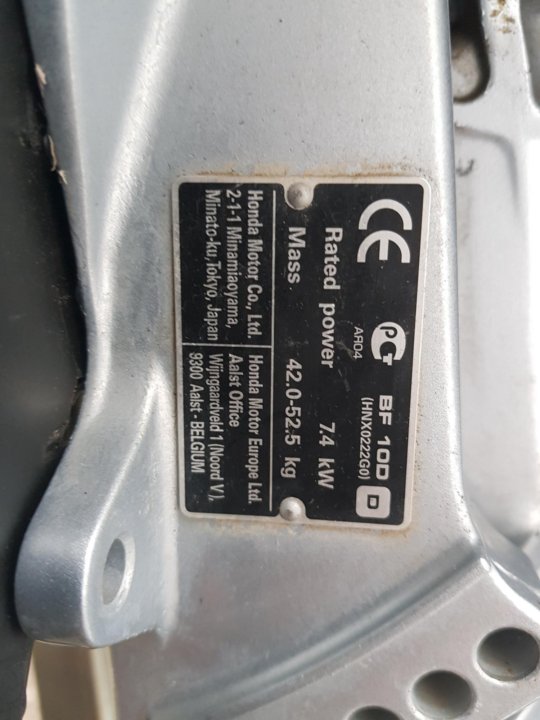 0 HP 0 HP | |
| AF12 | DJ-1 | SE50MF | AF12-1000014- | AF05E | GR1 | 85 | 5.2 HP |
| DJ-1R | SE50MSG | AF12-1165422- | - | 86 | 5.5 HP | ||
| DJ-1R | SE50MSH | AF12-1400013- | 87 | 6.0 HP | |||
| AF13 | Tact IVY | CN50G | AF13-1000003- | AF13E | GR0 | 86 | 4.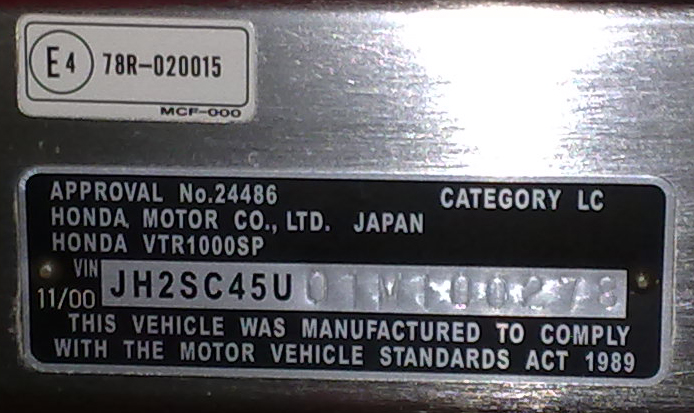 1 HP 1 HP 4-stroke |
| AF14 | Eve Pax | AD50MCF | AF14-1000034- | AF05E | GR2 | 86 | 4.1 HP |
| Pax Club | SG50MJ | AF14-1300012- | AF05E | GY3 | 88 | 5.5 HP | |
| AF16 | Tact Fullmark | SA50MH | AF16-1000017- | AF05E | GS7 | 87 | 5.8 HP 2N: Elite |
| AF17 | Pal | SB50H | AF17-1000026- | AF05E | GS6 | 87 | 4.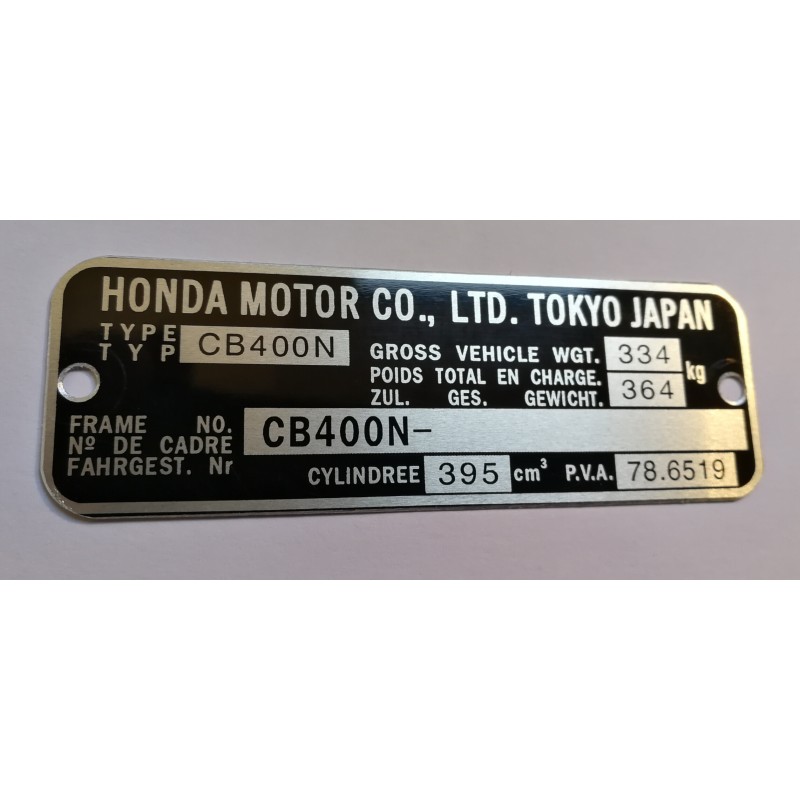 4 HP 4 HP 2N: Elite |
| Pal | SY50ML | AF17-1200001- | GAB | 89 | |||
| AF18 | Dio | SK50MJ | AF18-1000031- | AF18E | GW0 | 88 | 6.4 HP |
| SK50MK | AF18-1255623- | ||||||
| AF19 | DJ-1RR | SE50MSJ | AF19-1000013- | AF18E | - | 88 | 6.8 HP |
| AF20 | Lead | NH50MJ | AF20-1000001- | AF20E | GW2 | 88 | 6.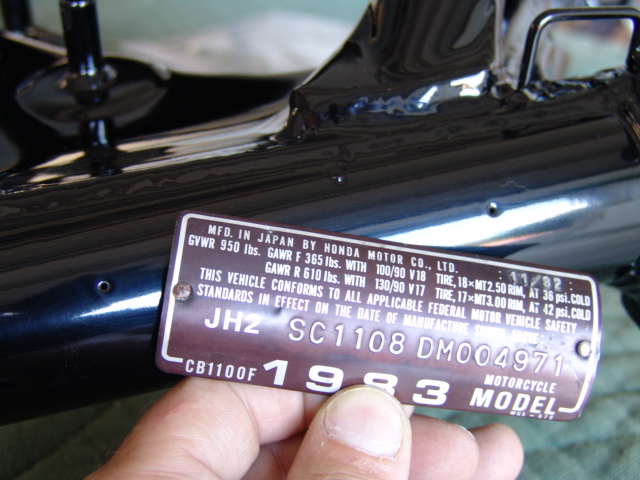 4 HP 4 HP Disc. brake Ds. Al. |
| NH50MN | AF20-1100001- | 92 | |||||
| NH50MP | AF20-1200001- | 93 | |||||
| AF21 | Vision | SA50SJ | - | - | - | - | Not for Japan |
| AF22 | SA50 | GS7 | |||||
| AF23 | G | SU50MK | AF23-1001001- | AF18E | GZO | 89 | 6. 8 HP 8 HP Disc. brake |
| AF24 | Tact Standup | SZ50MK | AF24-1000060- | AF24E | GZ5 | 89 | 6.0 HP |
| Tact | SZ50MK-II | AF24-1085202- | 89 | 6.0 HP | |||
| Giorno | SN50N | AF24-1400001- | GAM | 92 | 5.9 HP | ||
| AF25 | Dio-SR | SK50ML | AF25-1000001- | AF18E | GBL | 90 | 6.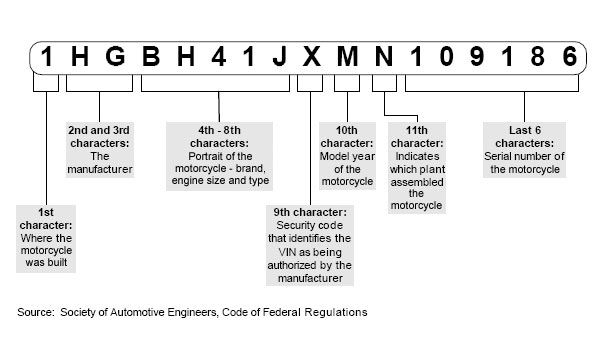 8 HP 8 HP Disc. brake |
| AF26 | Zook | MS50L | AF26-1000001- | AF05E | GZ9 | 90 | 3.3 HP |
| AF27 | Super Dio | SK50MM | AF27-1000001- | AF18E | GAH | 90 | 6.8 HP |
| Dio Fit | SK50V | AF27-4000001- | GCH | 97 | 5.6 HP | ||
| AF28 | Super Dio SR | SK50MM-2 | AF28-1000001- | AF18E | GAH | 91 | 6.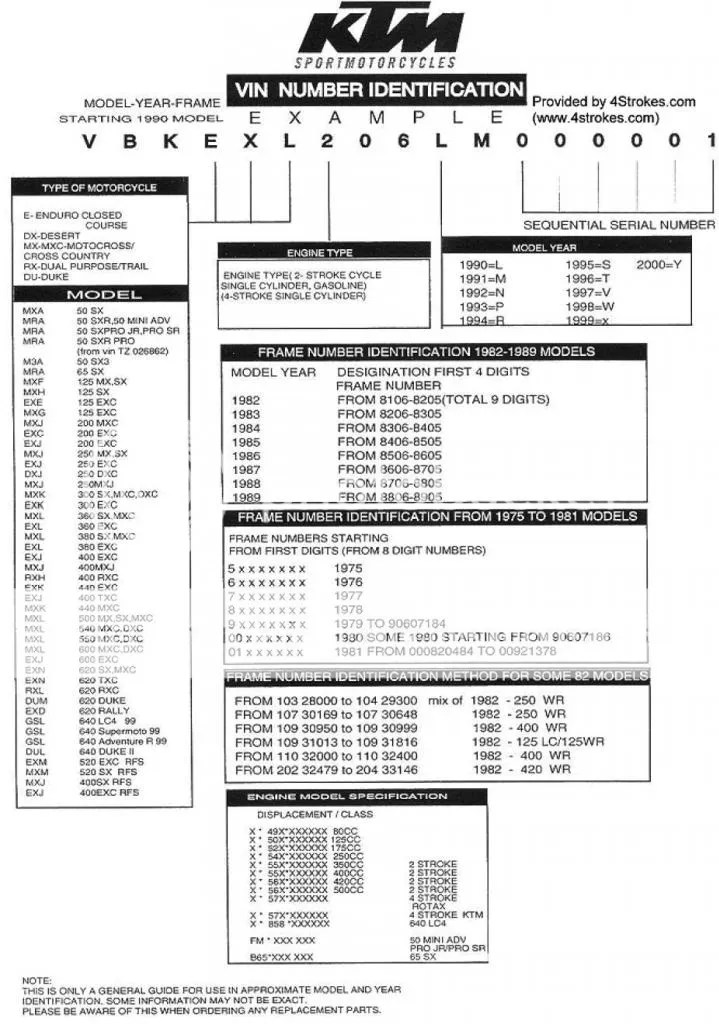 8 HP 8 HP Disc. brake |
| Super Dio ZX | SK50MN-3 | AF28-1219654- | - | 92 | 7.0 HP Disc. brake | ||
| Dio XR | SK50MMR | AF28-2000001- | 94 | 6.8 HP Disc. brake Off-road model Double headlight | |||
| Dio XR Baha | |||||||
| AF29 | Vision | SA50N | AF29-1000001- | - | GY1 | 92 | 3.2 HP |
| AF30 | Tact | SZ50P | AF30-1000001- | AF24E | GAZ | 93 | 6. 1 HP 1 HP |
| Standup Tact | SZ50P-III | 93 | 6.1 HP | ||||
| Tact | SZ50R | AF30-1100001- | - | - | |||
| AF31 | Tact S | SZ50P-II | AF31-1000001- | AF24E | - | 94 | 6.1 HP Disc. brake |
| SZ50R-II | AF31-1100001- | ||||||
| AF32 | Bali | SJ50 | ZDCAF32300F 027151- | AF32E | GAV | 93 | 5. 16 HP 16 HP Disc. brake Ds. Al. |
| AF33 | Cabina | SCX50R | AF33-1000001- | AF20E | GBB | 94 | 5.2 HP Disc. brake |
| Broad | SCX50S | AF33-3000001- | 95 | 5.2 HP | |||
| AF34 | Live Dio | SK50MR | AF34-1000001- | AF34E | GBL | 94 | 7.0 HP |
| Dio Cesta | SK50MS-IV | AF34-1233145- | 96 | 5. 7 HP 7 HP | |||
| Dio J | SK50MY | AF34-3000001- | 99 | 5.6 HP | |||
| AF35 | Live Dio SR | SK50MR-2 | AF35-1000001- | AF34E | GBL | 94 | 7.0 HP Disc. brake |
| Live Dio ZX | SK50MR-3 | AF35-1000001- | 94 | 7.2 HP Disc. brake Ds. Al. | |||
| Dio ST | SK50MT | AF35-1414329- | 96 | 7.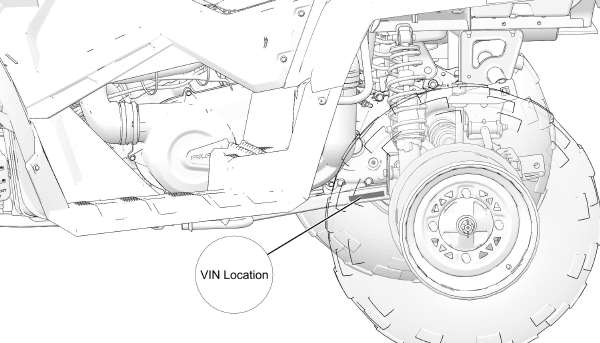 0 HP 0 HP Disc. brake ABS | |||
| AF37 | SFX50 Sport | SFX50 | VTMAF37A0TE 000001- | - | GBM | 96 | 5.39 HP |
| AF38 | Topic | WW50 | AF38-100 | AF38E | GBC | 95 | 5.5 HP Ds. Al. |
| AF39 | SFX50 | SFX50SV | - | - | - | - | - |
| AF40 | Scoopy | SH50 | ZDCAF40A* TF000001- | - | GBY | 96 | 5.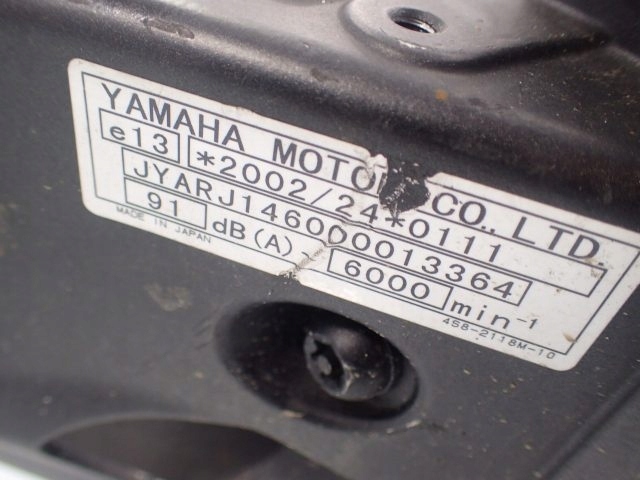 33 HP 33 HP 16" wheels |
| AF42 | Joker | SRX50T | AF42-1000001- | AF20E | GCK | 96 | 4.9 HP Disc. brake Ds. Al. 2N: (USA) Shadow |
| SRX50V | AF42-1500001- | 97 | |||||
| SRX50W | AF42-1100001- | 97 | |||||
| AF46 | SFX50 | SFX50V | - | - | - | - | Disc. brake Ds.  Al. Al. |
| AF47 | SXR50 | SXR50 | - | - | - | 98 | 5.4 HP Disc. brake Ds. Al. |
| AF48 | Lead | NH50W | AF48-100 | AF48E | GCS | 98 | 5.9 HP Disc. brake Ds. Al. |
| AF49G | X8R-S | SZX50S | ZDCAF49G*WF 500001- | AF49E | GCM | 99 | 1. 5 kW. 5 kW. Disc. brake discs 13" aluminum |
| AF49H | X8R-X | SZX50X | ZDCAF49H*WF 000001- | ||||
| AF51 | Tact | SZ50W | AF51-100 | AF24E | GCW | 98 | 5.2 HP Disc. brake |
| AF52 | Julio | NTS50W | AF52-100 | AF24E | GEC | 98 | 5.1 HP |
| AF53 | Giorno | SNC50X | AF53-100 | AF53E | GES | 99 | 3.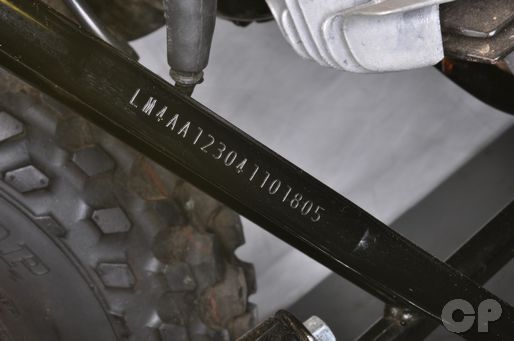 9 HP 9 HP 4-stroke |
| AF54 | Giorno Crea | CHX50X | AF54-100 | AF54E | GEE | 99 | 4.8 HP 4-stroke Water cooling Alu. frame |
| AF55 | Crea Scoopy | CHF50 | AF55-1000001- | AF55E | GET | 01 | 4.9 HP 4-stroke Water cooling Alu. frame 2N: Metropolitan |
| AF56 | Smart Dio | SKX50 | AF56-1000001- | AF55E | GEV | 01 | 5.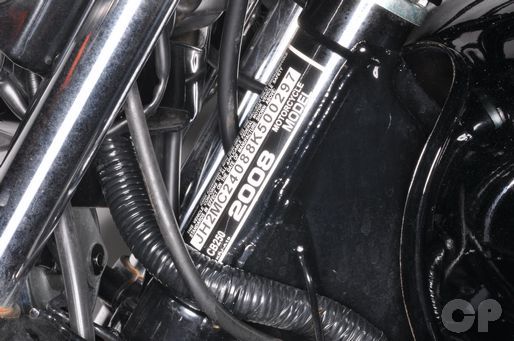 0 HP 0 HP 4-stroke Water cooling Alu. frame |
| AF57 | Smart Dio Delux | SKX50 | AF57-1000001- | GWV | |||
| AF58 | Zoomer | NPS50 | AF58-100 | AF55E | GEZ | 01 | 4.9 HP 4-stroke Water cooling Alu. frame |
| AF59 | Byte | NPC50 | AF59-100 | AF55E | GFB | 02 | 4.9 HP 4-stroke Water cooling Alu. frame |
MegaZip
Search Order 0 pcs in the basket 0 r.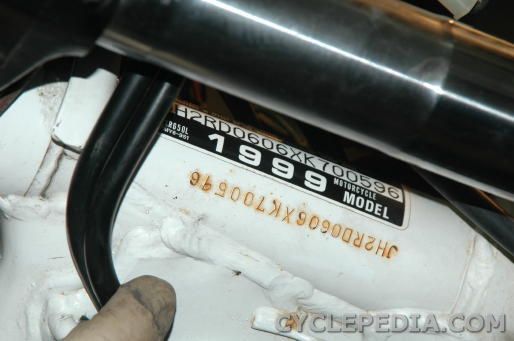
All the girls in the little Peugeot do it...
Everyone looks up the VIN from time to time. And not only in Peugeot, but also in Toyota, Nissan and even in a big black Mercedes. Sometimes you can find it right away, and sometimes you have to work hard. After all, the treasured tablet is sometimes hidden in the most unexpected places. Therefore, my article will be useful to all those who are faced with the search for VIN for the first time, and especially to the beautiful half of humanity.
For lovely ladies driving:
For brave ladies on bikes:
Experienced VIN searchers will smile, many will say: “Yes, we know it all!”.
“Well, great!” I will answer. Feel free to put a finger up, share the article with friends, familiar motorcyclists and autoladies, and then wow!!! CLICK HERE AND WE ARE IN THE CATALOGS OF SPARE PARTS!
If you decide to refresh your knowledge or just switch your thoughts from everyday worries and read - welcome under the cut!
VIN (Eng.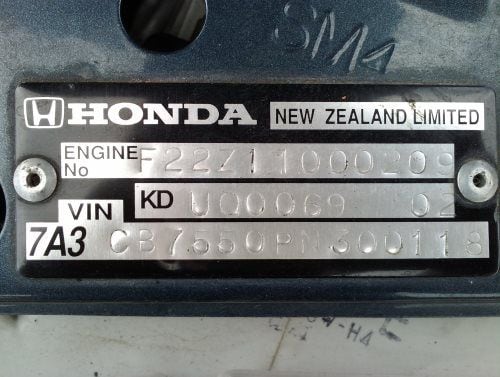 Vehicle Identification Number) is a unique vehicle code consisting of 17 characters. The code provides information about the manufacturer and characteristics of the vehicle, as well as the year of manufacture. The structure of the code is based on ISO 3779-1983 and ISO 3780 standards. Identification numbers are applied to integral parts of the body or chassis and on specially made number plates (nameplates).
Vehicle Identification Number) is a unique vehicle code consisting of 17 characters. The code provides information about the manufacturer and characteristics of the vehicle, as well as the year of manufacture. The structure of the code is based on ISO 3779-1983 and ISO 3780 standards. Identification numbers are applied to integral parts of the body or chassis and on specially made number plates (nameplates).
In other words, VIN (hereinafter we give the term more commonly used on the Russian Internet - VIN) is a set of characters that identifies a car or motorcycle and tells all the information about it. Each vehicle is assigned its own unique code, which is not repeated on other vehicles. Like a human DNA code.
And here they are - special number plates:
Yes, I would like to note separately that in place of the VIN code your vehicle may have a body (frame) number. It usually consists of 10-13 characters and looks like this on a car plate:
It usually consists of 10-13 characters and looks like this on a car plate:
or like this on a motorcycle:
The frame number, like the VIN, serves to identify the equipment, although it carries less information . The characters in this number are written with a hyphen. The first part carries information about the type and brand of the vehicle, and the last 5-8 digits indicate the serial number (the order in which the equipment left the assembly line).
The body/frame number is mainly found on vehicles for the Japanese domestic market. You have probably come across beautiful letters JDM more than once on loud tinted cars or in publics dedicated to drifting, tuning and various sports related topics. This abbreviation just means Japanese Domestic Market - Japanese Domestic Market.
JDM technology has a very large army of fans around the world, and Russia is no exception.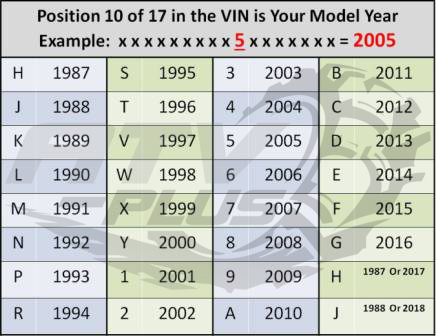 On the World Wide Web you can find a lot of information, as well as fan clubs, workshops, tuning studios that have dedicated themselves to serving the style of the Japanese Domestic Market.
On the World Wide Web you can find a lot of information, as well as fan clubs, workshops, tuning studios that have dedicated themselves to serving the style of the Japanese Domestic Market.
First of all, of course, let's look at the registration documents for our equipment. For a car and a motorcycle, the PTS (vehicle passport) serves as an “identity document”. Here it is:
In this example, the VIN is indicated in paragraph 1, and in paragraph 8 it is duplicated as the body number. But there are TCPs where the VIN is affixed in paragraph 7 or 8, and in paragraph 1 (VIN) it is indicated "NONE".
If you are a happy owner of a snowmobile or an ATV and want to find the VIN, take the PSM (passport of a self-propelled vehicle) and find the item “machine (frame) serial number”:
I think everything is clear here.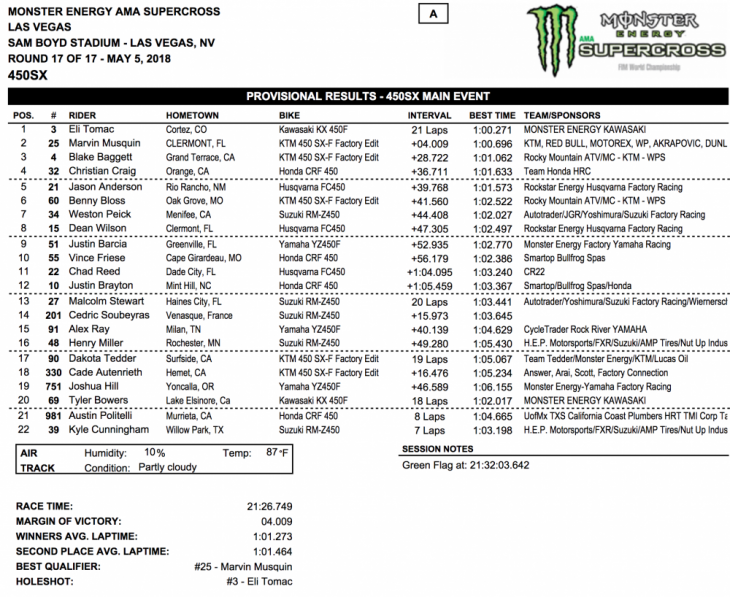 Dealt with documents. Let's learn how to look for VIN directly on the vehicle itself.
Dealt with documents. Let's learn how to look for VIN directly on the vehicle itself.
AUTOMOTIVE
Depending on the country of manufacture, the identification number may be located differently. As a rule, the VIN is duplicated in different places or can even be applied to all the main elements of the body. This makes it easier to find it and at the same time more reliably protect equipment from illegal actions.
VIN can be stamped either directly on the body (frame) or on a special number plate attached to the body with rivets. Most modern cars (especially for the US market) have a VIN, which is located in a special window under the windshield. It can be seen without opening the hood:
The number is usually duplicated on a sticker that can be found on the pillar or threshold in the driver's door opening.
VIN is often marked on an iron plate located under the hood in a conspicuous place:
Or stamped directly on the car body in the place of the partition between the engine compartment and the passenger compartment:
On cars with a frame body structure, VIN is often applied to the side members:
Another common place is on the floor in front of the driver's seat .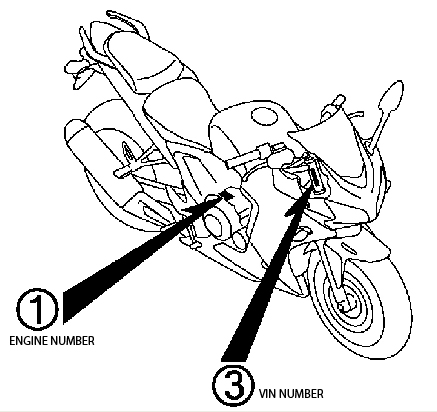
Move the seat as far back as possible and fold down the mat:
0027
On some vehicles, the VIN plate is in the trunk, in the spare wheel compartment:
MOTORCYCLES
also on the right)
In the place of the steering joint, the VIN is knocked out directly on the frame:
And duplicated on the plate:
Some manufacturers (BMW, in particular) place the VIN on their bikes a little differently:
and like this:
VIN on maxi scooters is usually stamped on the frame, as shown:
ATVs
Here are the most popular places:
On the plate under the seat:
On the frame behind the front wheel:
At the bottom of the frame:
Front of the frame:
0027
On the CVT housing:
SNOWMOBILES
Traditionally, the VIN is stamped on snowmobiles on the frame on the right side of the tunnel, there is also a plate on which the identification number is duplicated.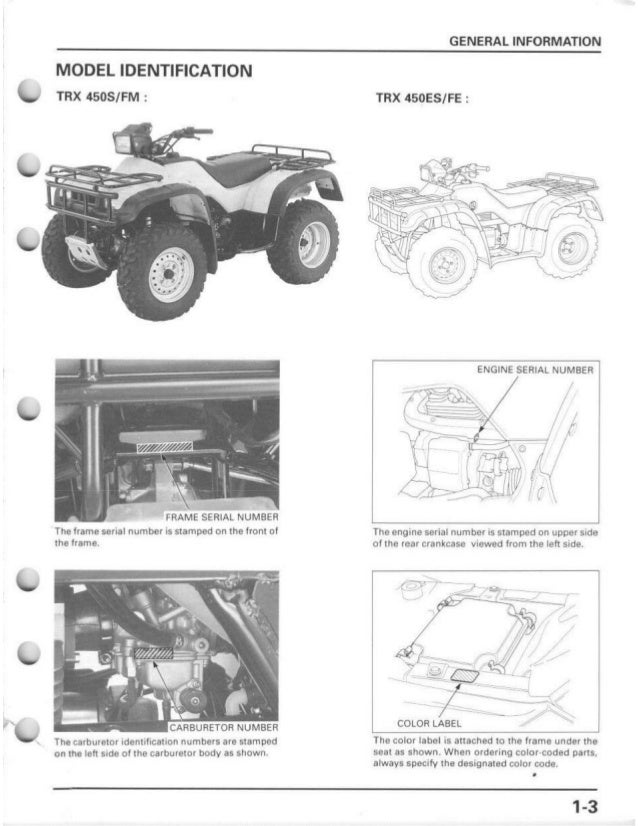 In addition, on many models, the coveted combination of letters and numbers can be found under the seat.
In addition, on many models, the coveted combination of letters and numbers can be found under the seat.
On the "tunnel" on the right:
Under the snowmobile seat on the sign:
Now that we have clearly familiarized ourselves with the locations of the identification number, I offer a small life hack to find the treasured place. As a rule, each user manual begins with pictures showing where the numbered units of the equipment are located. If you have such a booklet in printed and electronic form (you can find it on the World Wide Web) - open the first pages, look at the indicated place, and voila - the quest is completed!
This is how it looks in my manual:
In place A we move the driver's seat back, bend the mat (you may need to open the cover more) and see the VIN, which is stamped directly on the body; in place B, open the hood and find the VIN on a metal plate.
HISTORY
The identification number can reveal a lot of useful information about a vehicle. Before buying, the future owner will be able to find out the real mileage, the number of former owners, find out if the equipment was involved in an accident, if it was stolen, and if there are any restrictions on registration actions.
Currently, it is possible to scan and recognize codes using special scanners, as well as various mobile applications that use the camera. You can also check by VIN code using one of the many online services.
SELECTION OF PARTS AND ACCESSORIES
It's no secret: in the search and selection of spare parts, the identification number is assistant number 1.
It allows:
Knowing the VIN, you can always choose the right parts yourself, using original parts catalogs.